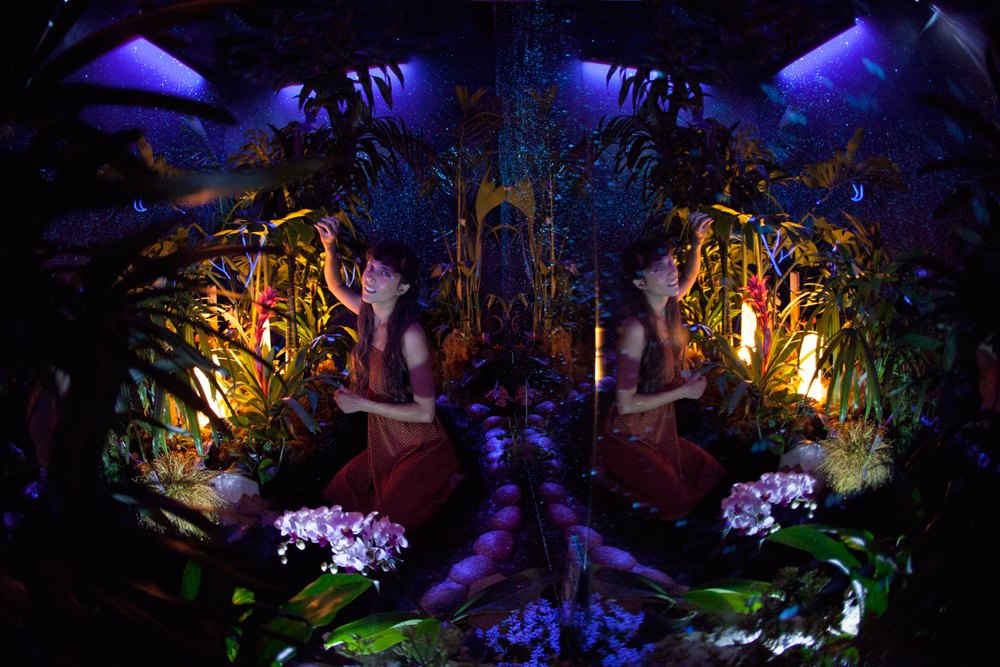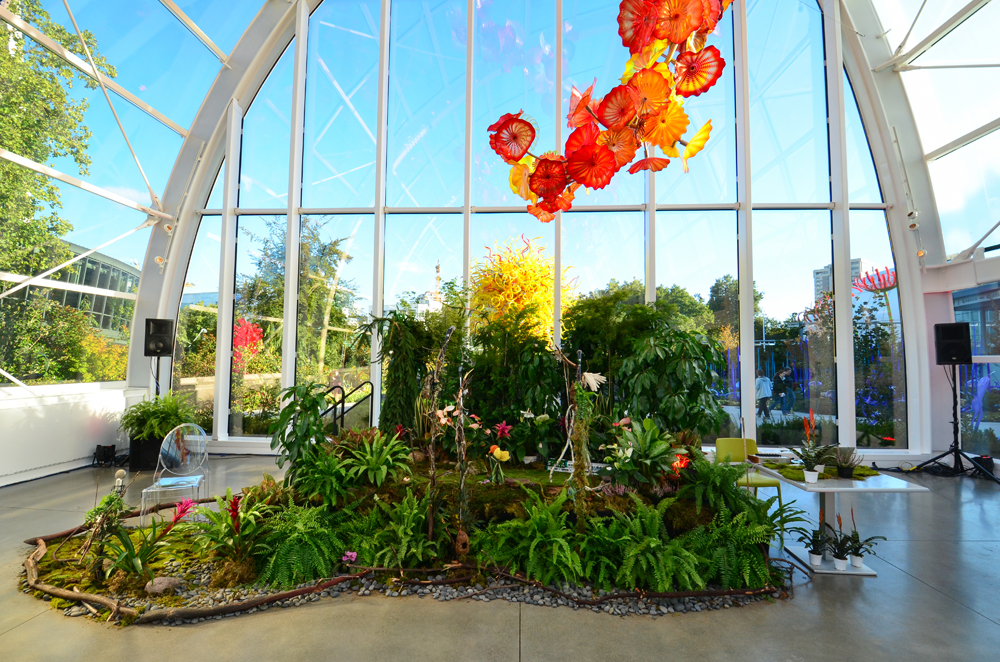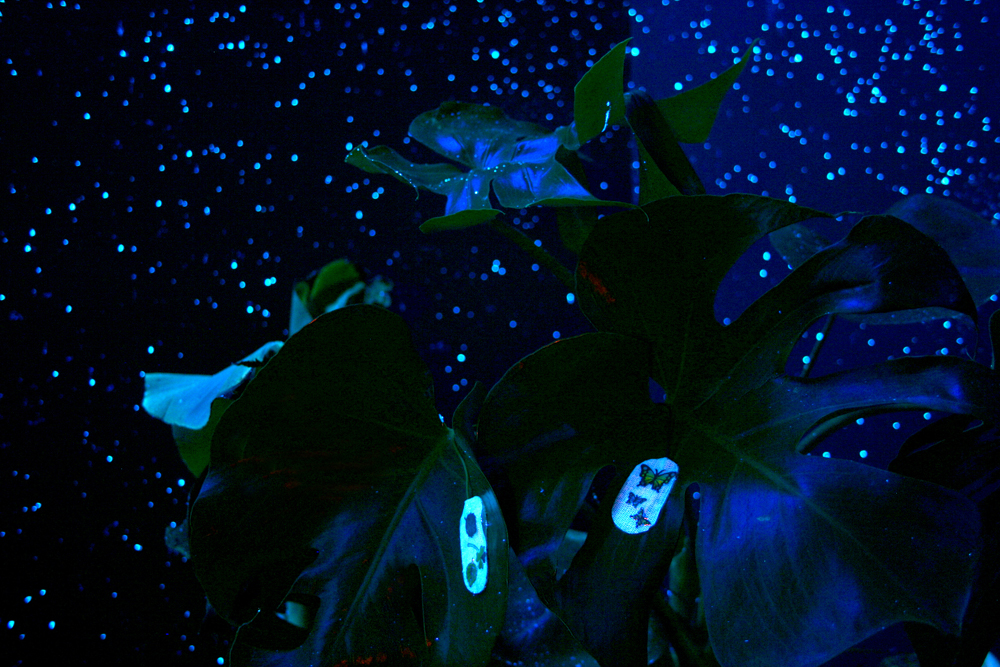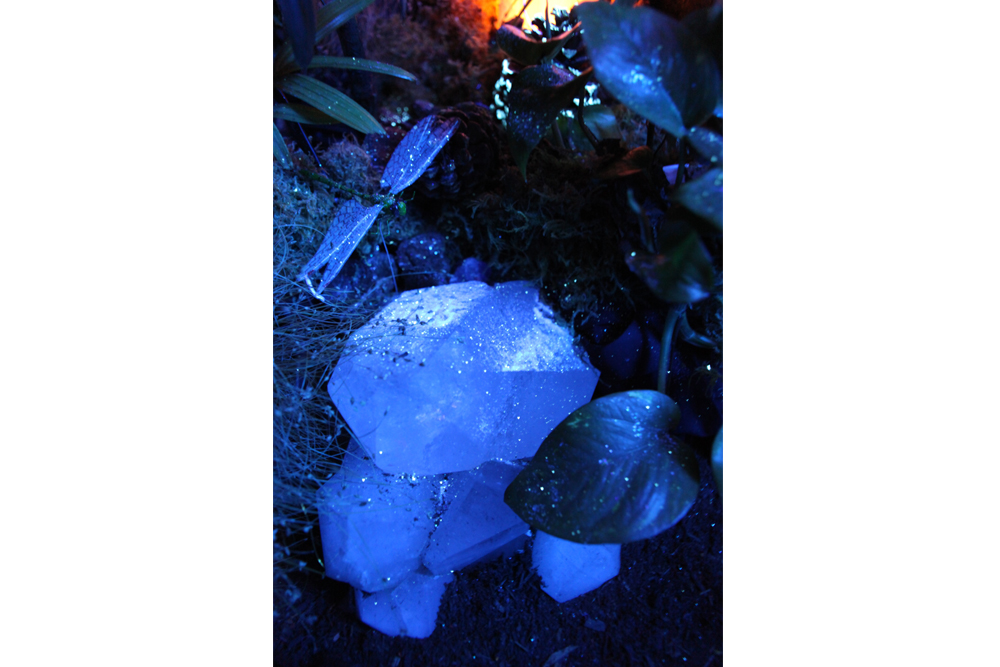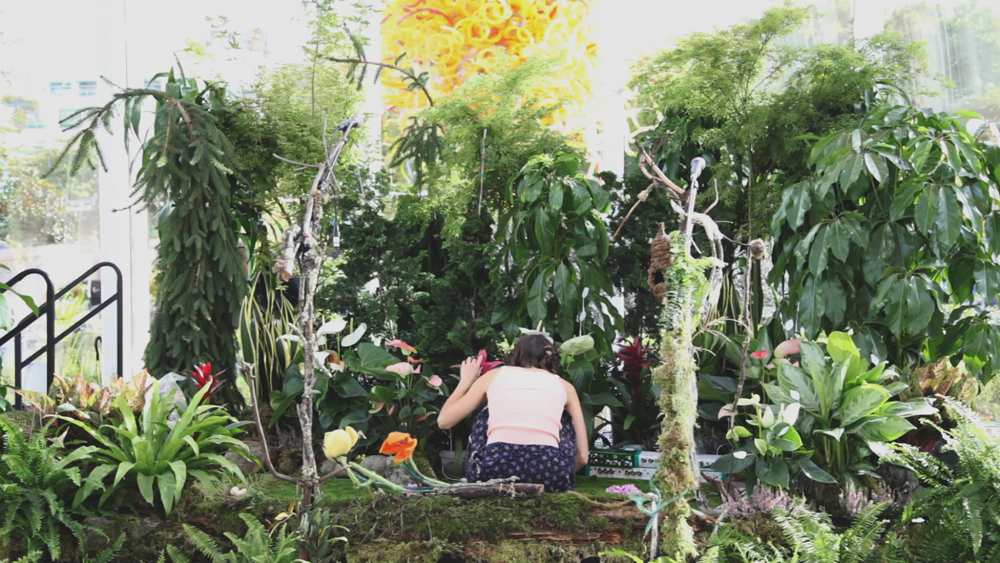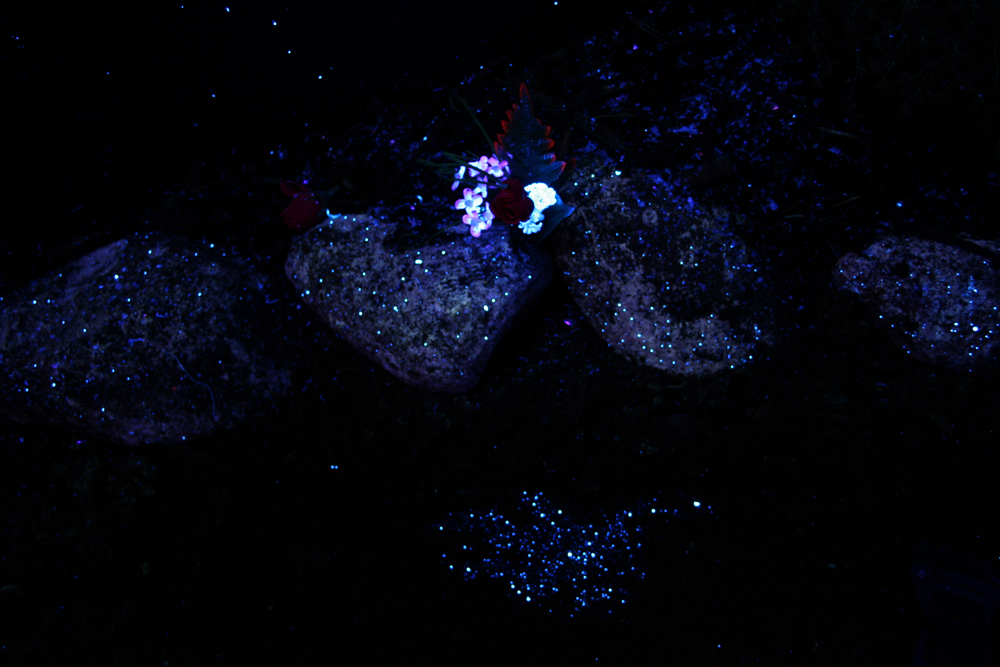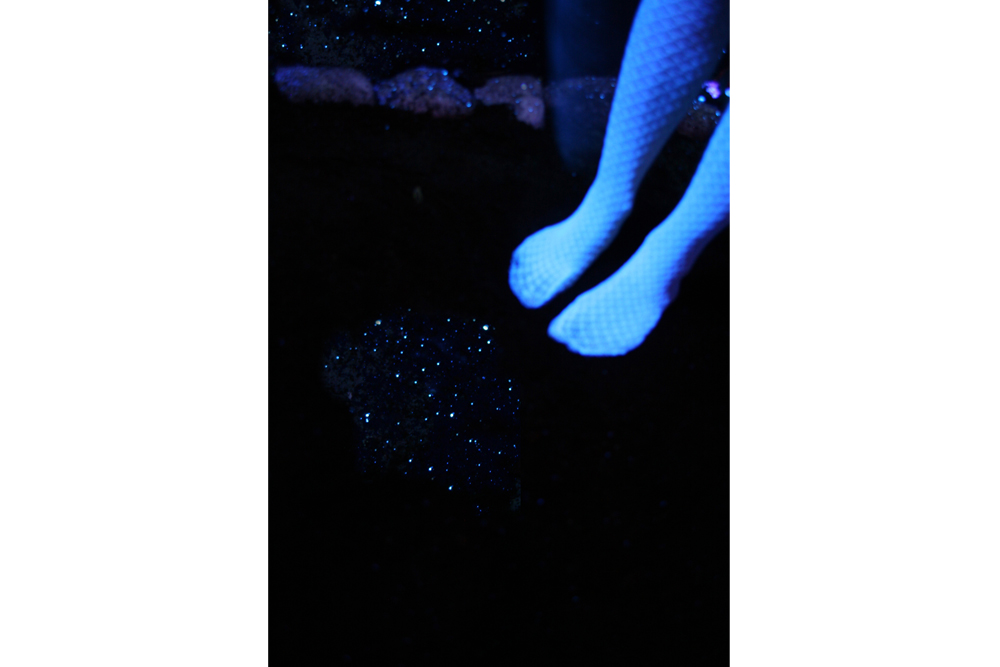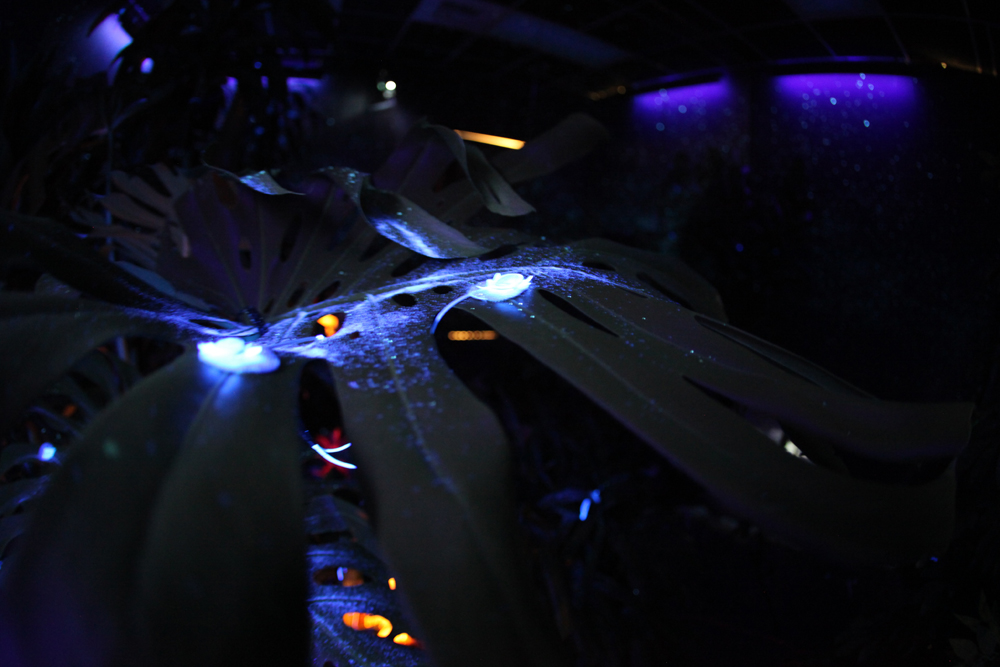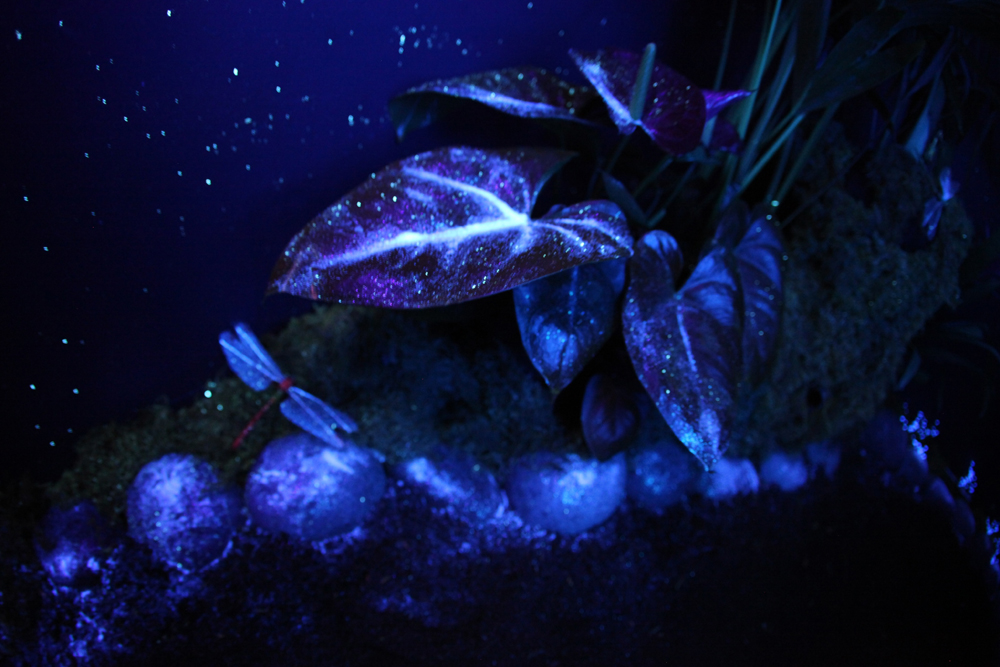Mar 09, 2015 8 Questions with: Mileece
Mileece Petre, known as Mileece, is an artist and musician who creates digital music from the electromagnetic currents of plants. The technique uses plant bio-emissions to transform notes into a lush and complex harmonic soundscape to become an aesthetically oriented interspecies sound improvisation system. Her project began over a decade ago, when she was a Resident Artist at the London School of Economics Innovation Center.Her installations have been exhibited at the Migros Museum, Zurich, the Hayward Gallery in London, MOMA, and more. Mileece’s work, promoting ecology through technology and art, has brought her international acclaim. She has been featured in the New York Times, Entertainment Weekly, BBC, Arte TV, and Maker City LA.
What is your background and how did you become a designer and sonic artist?
I was born in London, and my family ran a recording studio and video production company. My childhood encompassed all types of music, from violin to improvised piano, to jazz radio, and DJ-ing. My university coursework included environmental science, economics, sound engineering, and sonic art.
Describe how your life has evolved to create unique, multi-sensual experiences.
I have always been intrigued about humans and their impact on the natural world. So, I began exploration of new media formats and artful exploitation for the promotion of ecology. In my early 20s, I used Super Collider, an object oriented music programming language to release a series of compositions inspired by cycles and formations in nature. In 2004, I worked with the EDS Innovation Centre at the London School of Economics to create a participatory-based interactive generative harmonic sonic art composition and interface. I developed hardware and software for the first prototype of the plant biofeedback system. All of this just sort of happened because I found people to help bring the idea forward.
How do you categorize your work (design, art, music, technology, science)?
There is no way to realistically categorize this. But basically, it is the notion that nothing exists without each other. So through ecology, there is art and science and technology. It is all interconnected, interesting, and beautiful.
What is the mission of your projects?
It’s really about eliciting a positive response to the environment so that humans reconnect to nature and Earth and feel a sense of protection. We will protect the things that we love and feel empathy with. It is part education and conservation advocacy, promoting our ability to have a healthy society, sense of spiritual being, to enjoy tangible nature, and function in the environmental climate change.
What response are you looking for with your art?
I’m less concerned with how people respond to the art immediately. But ultimately, I want to see more awareness of the environmental CRISIS we face and get beyond the lack of excitement for solutions and reactionary state of the public. While we take nature for granted now, we can be reminded that we can control nature, and this is required in order for it to exist.
Talk about one of the projects you are proud of.
The P* project series (People, Plants, Planets & Particles) explores and develops the complexity, resolution, and scope of systems including plants, particles, plant/man/environment interaction in an articulation and visualization. Also, my performances at the Decibel Festival in Seattle combined recordings from Canadian icebergs to the Costa Rican Jungle with live generative music from my wearable instruments and the TreeWe’vr plant interface, along with vocals, acoustic instruments and orchestration.
What are you currently working on?
I am developing the hardware and software further so that it can be for the common mass market. People can connect to plants and wilderness, and they can engage in part of a global experience via Internet streamed experiences in a mini installation, without having to travel to corners in the world.
I currently am a resident artist at the Lycée International Français in Los Angeles where I recently converted a 1996 school bus into a ‘travelling interactive forest,’ and I am installing the first permanent zero-emission TreeWe’vr Pod as an interactive eco-classroom into a geo-dome.
Where do you personally find inspiration?
Inspiration is everywhere. It is in everything. In the garden, looking at all living things, it is not hard.



